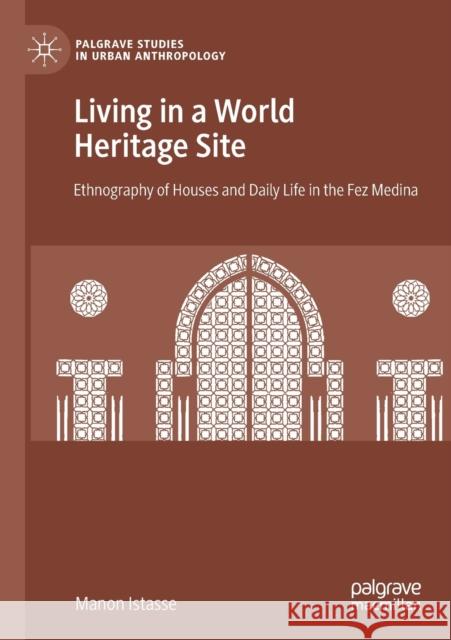Living in a World Heritage Site: Ethnography of Houses and Daily Life in the Fez Medina » książka
topmenu
Living in a World Heritage Site: Ethnography of Houses and Daily Life in the Fez Medina
ISBN-13: 9783030174538 / Angielski / Miękka / 2020 / 293 str.
Living in a World Heritage Site: Ethnography of Houses and Daily Life in the Fez Medina
ISBN-13: 9783030174538 / Angielski / Miękka / 2020 / 293 str.
cena 201,24
(netto: 191,66 VAT: 5%)
Najniższa cena z 30 dni: 192,74
(netto: 191,66 VAT: 5%)
Najniższa cena z 30 dni: 192,74
Termin realizacji zamówienia:
ok. 22 dni roboczych
Bez gwarancji dostawy przed świętami
ok. 22 dni roboczych
Bez gwarancji dostawy przed świętami
Darmowa dostawa!
Kategorie:
Kategorie BISAC:
Wydawca:
Palgrave MacMillan
Seria wydawnicza:
Język:
Angielski
ISBN-13:
9783030174538
Rok wydania:
2020
Wydanie:
2019
Numer serii:
000764257
Ilość stron:
293
Waga:
0.37 kg
Wymiary:
21.01 x 14.81 x 1.68
Oprawa:
Miękka
Wolumenów:
01
Dodatkowe informacje:
Glosariusz/słownik
Wydanie ilustrowane
Wydanie ilustrowane











